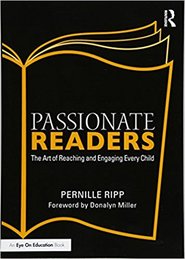
This summer, I decided to read Passionate Readers: The Art of Reaching and Engaging Every Child by Pernille Ripp and participate in a summer book study with other teachers. As I read chapter one (Teacher Reading Identity and How It Matters) and listened to Pernille share her own similar journey, I suddenly realized that my struggles were real and my gut feelings were on target. I need to teach from my heart. I need to let the passion and energy and my own love of reading drive the bus! Thank you Pernille! I look forward to journeying through your book this summer with you and others and learning the art of reaching and engaging EVERY child! I cannot put my faith in teachers yet to come for my students. I need to be THAT teacher that engages my students in the love of reading and creates meaning reading experiences for all the children I will teach in the many years to come!
"Consequently, on that day, four years into teaching, I realized that merely having some books and time to read them was not enough and would never inspire students to fall in love with the reading experience. Those who hated reading would never become readers who influenced others to read unless I changed the way I taught reading. Unless I changed the very reading conversation we were having. Unless I finally connected my own reading identity with that of being a reading teacher and then taught through my own love of reading rather than just following a curriculum. This therefore becomes our very first change for creating passionate readers in our learning communities; admitting or cultivating our own love of reading first. For our students to become passionate readers, we must, therefore, become visible ones ourselves." (Pernille Ripp, Passionate Readers, p. 4).
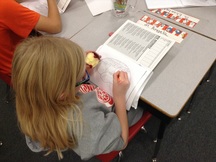
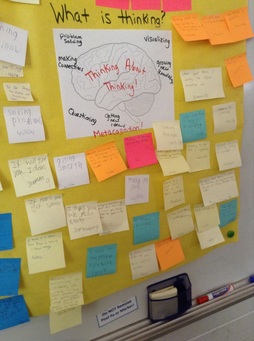
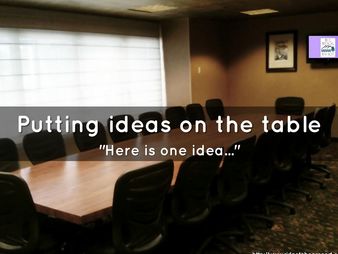
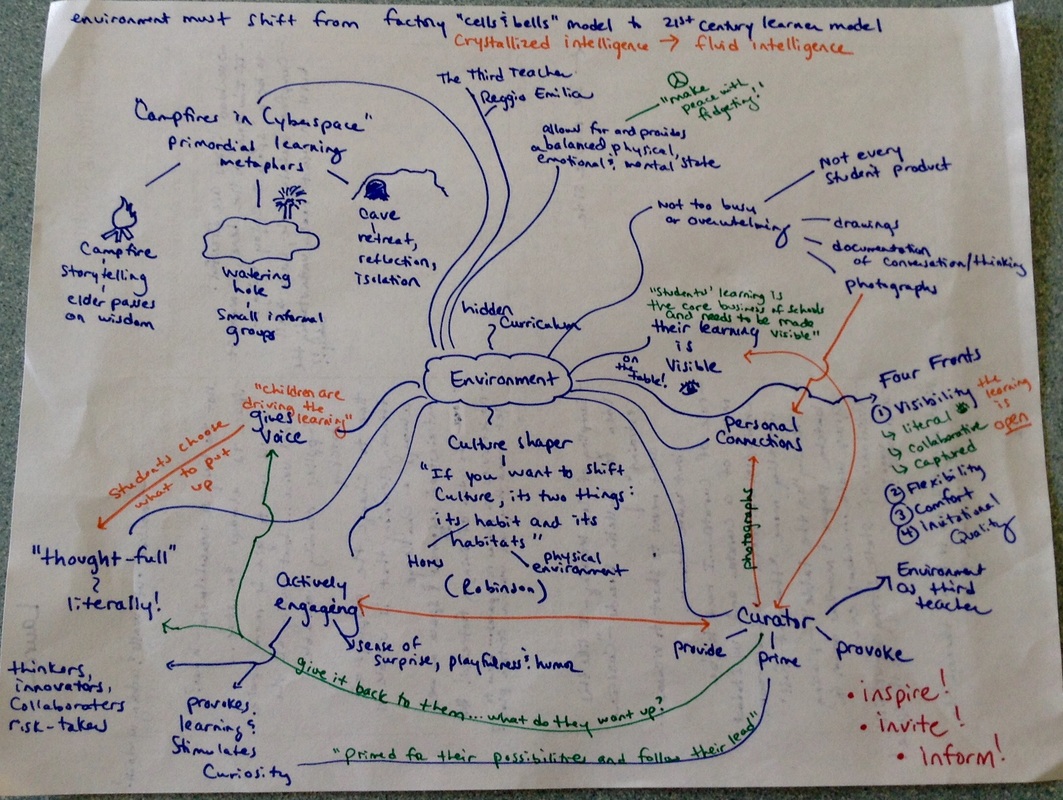
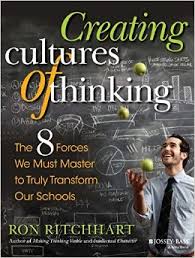
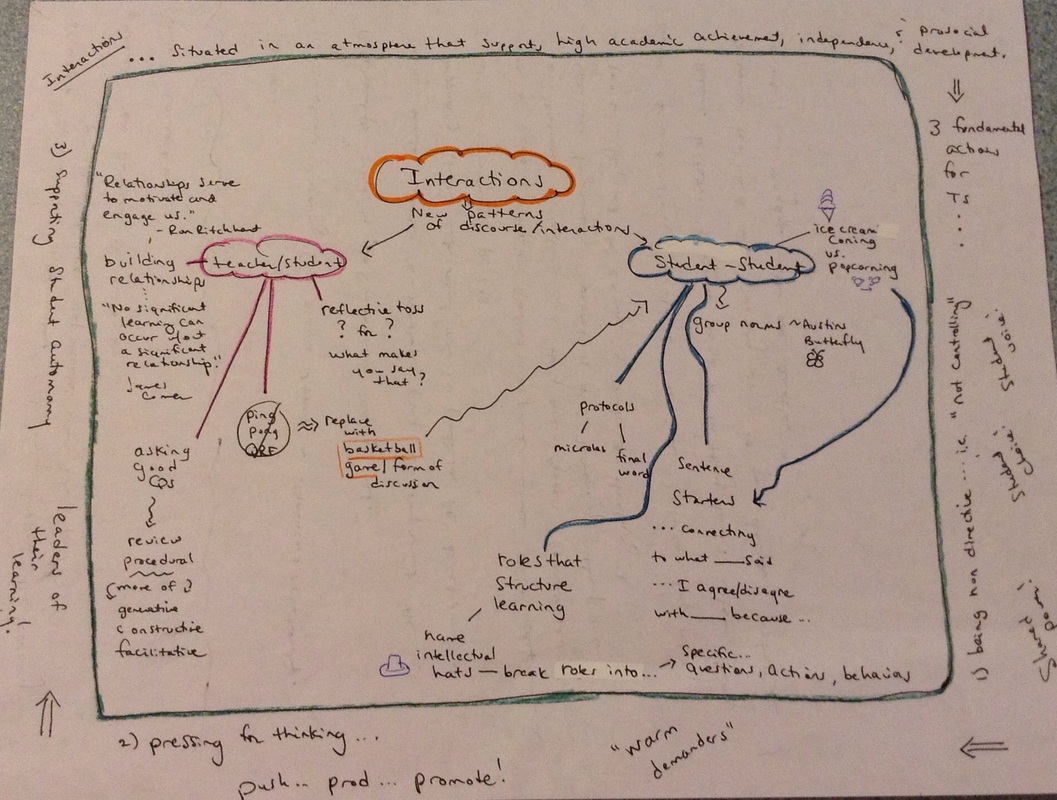

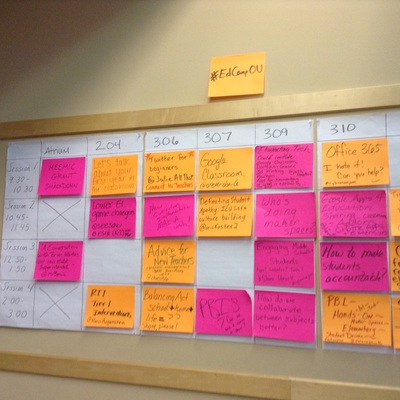
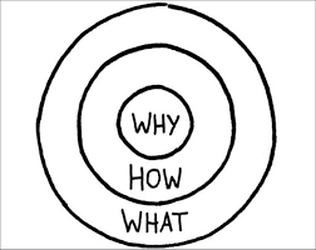
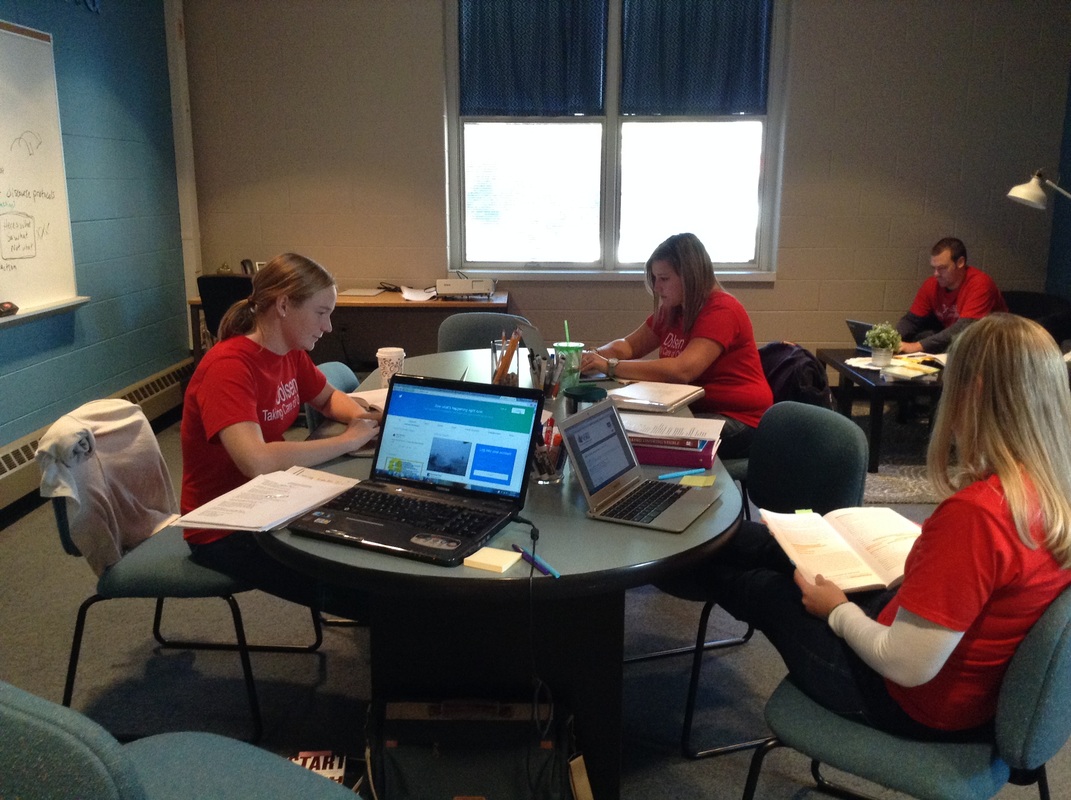

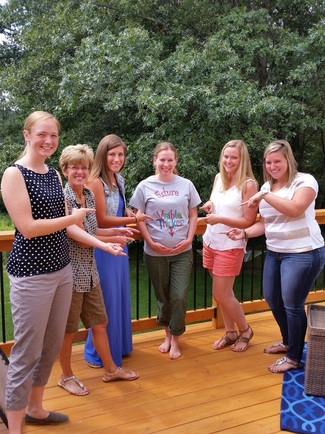
 RSS Feed
RSS Feed
